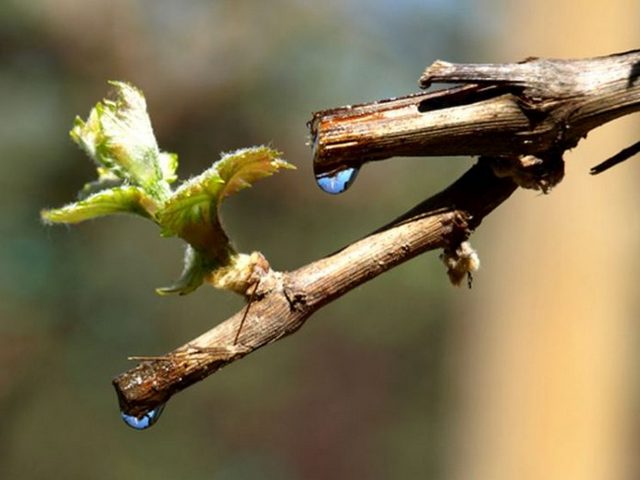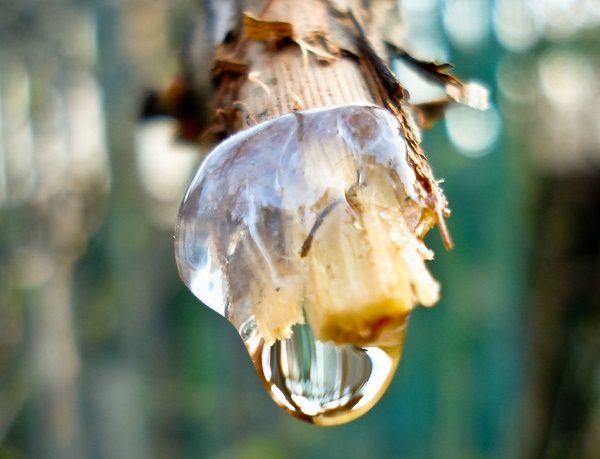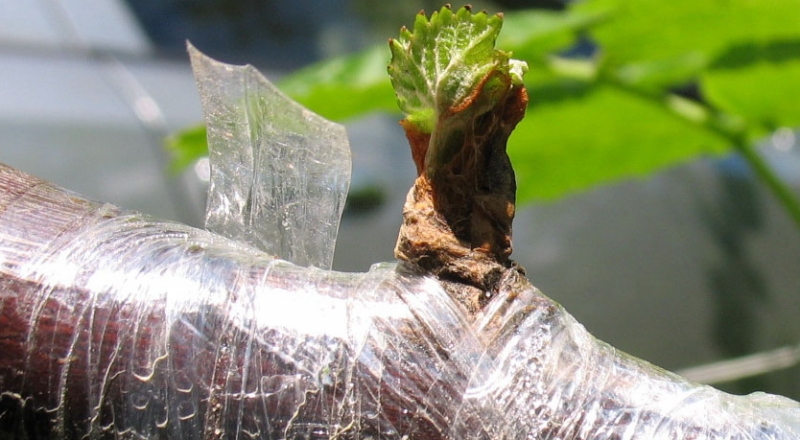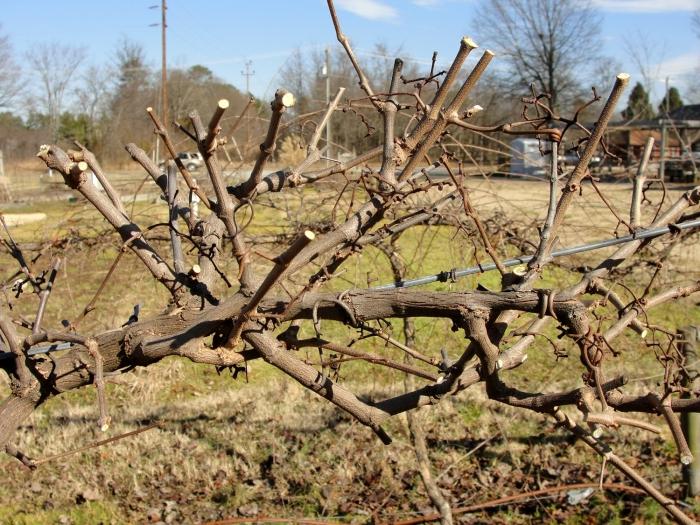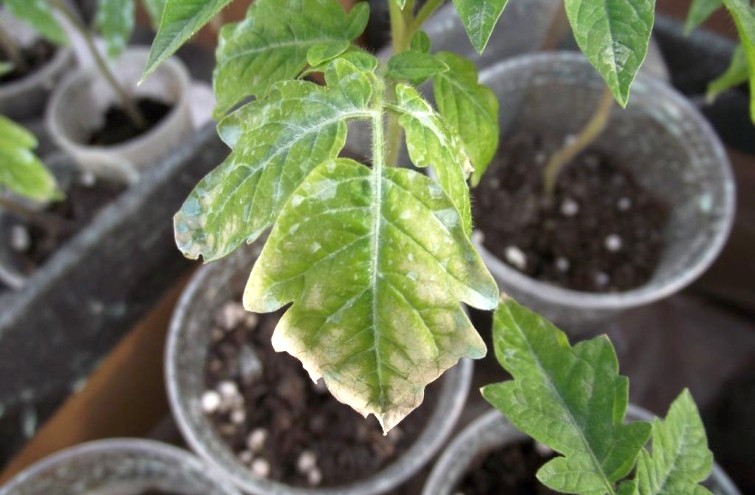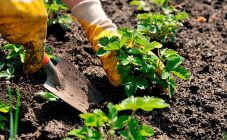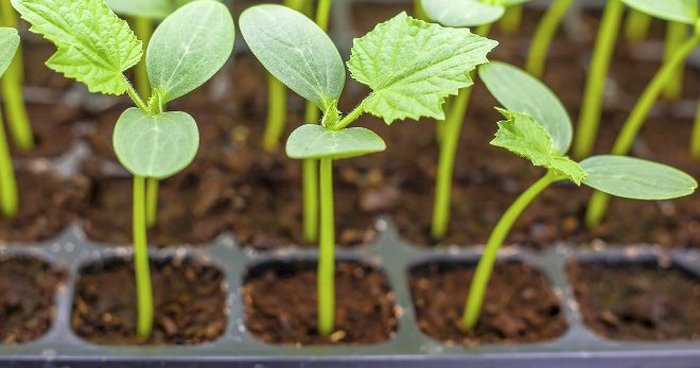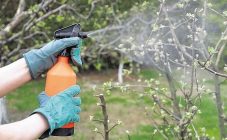Content:
Everyone who has a vineyard knows that the vine can “cry” at certain moments in life. This usually starts in the spring. It is not surprising that many novice gardeners have a question why grapes cry in spring and what to do with them. Concentration is a normal physiological phenomenon for this culture, and you should not be afraid of it. Worse if suddenly the grapes stopped shedding "tears". This may just be a bad sign, and the grower in this case should be wary, because a dry vine can mean that the roots of the plant have died.
Causes of juice flow
The juice that the vine gives on the cut is called bead. And its isolation from a plant is called crying.
How does sap arise? Water enters the plant together with the substances dissolved in it from the soil through the root lobes of the plant. Moreover, the more new growing hairs are formed on the roots, the more they choose moisture and the more actively the plant pumps the juice.
In the spring, growing buds need juice to swell, and developing boles, sleeves and grape shoots. When there are not enough buds, the vine finds a way out for juice through cuts and wounds. In the spring, sap flow increases, so the crying process is most noticeable at this time.
The onset of sap flow occurs when the soil warms up to 10 ° C at 0.5 m from the earth's surface. At the same time, the amount of juice does not depend on which grape variety is planted on the site. Other factors usually affect crying:
- soil moisture, its heating temperature and warming of the surrounding air;
- trimming time;
- the depth of the roots and the number of their branches.
But the time of the onset of crying is associated with the varietal characteristics of the plant. The duration of the cry depends on the variety, the conditions of the region where the grapes grow and the characteristics of a particular year. As a rule, this phenomenon is observed in most varieties for about 2 weeks. However, in different years, a longer (22 days) course may also be noted.
As soon as the buds begin to bloom, the plant more actively spends moisture on the leaves, and therefore the juice flow stops. Due to the fact that the formation of leaves requires a lot of nutrients and water, it is usually recommended not to injure the vine in the spring, and to prune the vine in the fall so that the wounds have time to heal. If you do this in advance, then the crying will not be too intense. But if you cut a grape bush partially in the spring, the intensity of crying is great. At the same time, if in the autumn it was not possible to carry out the procedure for removing branches, then pruning in the spring should be completed as soon as possible.
At the same time, winter pruning is carried out only when there is confidence that there will be no spring frosts, since they are more destructive for the plant and even more harmful than spring pruning and sap loss.
Now about how dangerous sap flow is and how to stop the excessive crying of grapes during spring pruning.
The juice is flowing: should it be stopped?
Thus, we can say that the flow of juice is a natural process, it shows that the roots are alive, the root system is well developed, and the process itself must be stopped by nature. Usually, as soon as it gets a little colder, drops from plant wounds also stop.When it warms, the sap again starts active movement and will drip until the plant is saturated with soil moisture and nutrients.
However, with high levels of sap loss, the plant can be harmed. The danger is that if the juice is allowed to flow freely, with favorable weather and other conditions, then it will go intensively and will not stop for a long time. Accordingly, when sap is released for several days and around the clock, there are fewer nutrients in the vine, which leave along with water through the wounds.
Secondly, there are fewer of them in the soil. The vine does not receive the required amount of moisture, and under unfavorable conditions the grape branches suffer. If the juice gets on the kidneys, they will freeze and may also die. At the same time, the kidney is also oxidized, which leads to the cessation of its development. If the spring is unstable, there is a change in temperature, a cold snap, and at this time the plant intensively drives the sap inside itself, that is, the risk of freezing. Excessive juice loss can further reduce the yield and the taste of the berries themselves. Therefore, the loss of juice should be tried to stop or at least reduce.
How to stop the crying vine
But how to stop the sap flow at the grape cut? There are several methods to stop the crying vine. The simplest and most proven way to stop the movement of juice after an untimely spring pruning or if a healthy branch is broken is to cover the damaged area with a mixture of paint and chalk. This will require a composition in which they are randomly placed:
- red lead paint (you need to choose on the basis of drying oil);
- dry chalk;
- boric acid.
This method was invented back in the mid-20th century, but today there are more modern methods of dealing with crying. This is, for example, the use of drugs that stop sap flow, such as the Etisso-artificial bark balm. It is effective provided that it is applied no later than a day before or after rain or frost.
Viticulture is an ancient occupation, and therefore our ancestors also saw that grapes cry after pruning - they also figured out what to do. So, you can try to pull the vine in the place of damage with a soft and thin aluminum wire. There is also an effective method of burning a plant with a flame. True, it can only be effectively used when working with thin vines. In this case, you need to tilt the vine and carefully burn the edge of the shoot with a lighter so that the channels through which the juice runs are clogged.
However, you can stop the juice in other ways. If you have plasticine on hand, you can use it too. Any sticky mass that is able to close the channels for the movement of juice acts in the same way.
It is a mistake to think that drought improves the health of the plant because the vine cries less. In fact, grapes at this time simply cease to receive nutrition and all the necessary trace elements with water. Therefore, for those who wish to help their grapes during a period of intense crying, it is recommended, on the contrary, to generously water the bushes, as well as to loosen the soil under them. Early watering and well-loosened soil will increase the flow of air to the roots, which compensates for the loss of nutrients by the plant. This is a very useful procedure, besides, at the time of crying, moisture from the soil is taken not only by young roots, but also by old fibrous roots. This is especially important where the soil is sandy loam.
Inexperienced growers first prune the plant, and then they are interested in what to do after pruning the grapes. Experienced gardeners, on the other hand, reduce sap losses with moderate and correct pruning.So, timely pruning significantly reduces crying, but it should be carried out until spring, at the very end of winter, while sap flow has not yet begun. However, this recommendation is only good for southern regions.
In the northern regions, the vine is pruned only in the fall. They do this just before covering the grapes for the winter, when the first serious frosts have passed, the leaf fall is over. There are varieties that lose their leaves and mature later. Leaf fall can be accelerated by feeding the grapes with a composition of boric acid (1 g), potassium permanganate (1 g), ammonium molybdate (8 g), zinc sulfate (5 g). All this is diluted separately and then mixed in 10 liters of water. Sodium chlorate, diluted for spraying to a one and a half percent solution, also helps well.
Prevention of juice flow
Correct budding helps to reduce moisture loss. When choosing methods of inoculation, it is recommended to use the least traumatic, leaving a smaller cut. So, you can use not simple budding, but butt budding.
To reduce the flow of sap, you need to try to carefully and correctly carry out the sanitary cut. As you know, they are cut out to a greater extent in order to thin out, prevent branches from intertwining, and remove dry branches. If the pruning is done correctly, without affecting the living vine, only dry branches are removed, then the juice will not flow.
Viticulture is a fascinating thing, but it has many nuances and subtleties, primarily related to the natural characteristics of the plant. Among them is the cry of the vine. You should not be afraid of it, but you do not need to allow excessive loss of moisture and nutrients. Therefore, in the fall, it is advisable to put the bush in order even before laying the grapes under cover for the winter. But if you really have to prune in the spring and it is impossible to exclude this procedure, which is painful for the plant, then pruning should be done early, before the juice begins to move, and even more so before the buds begin to bloom.
